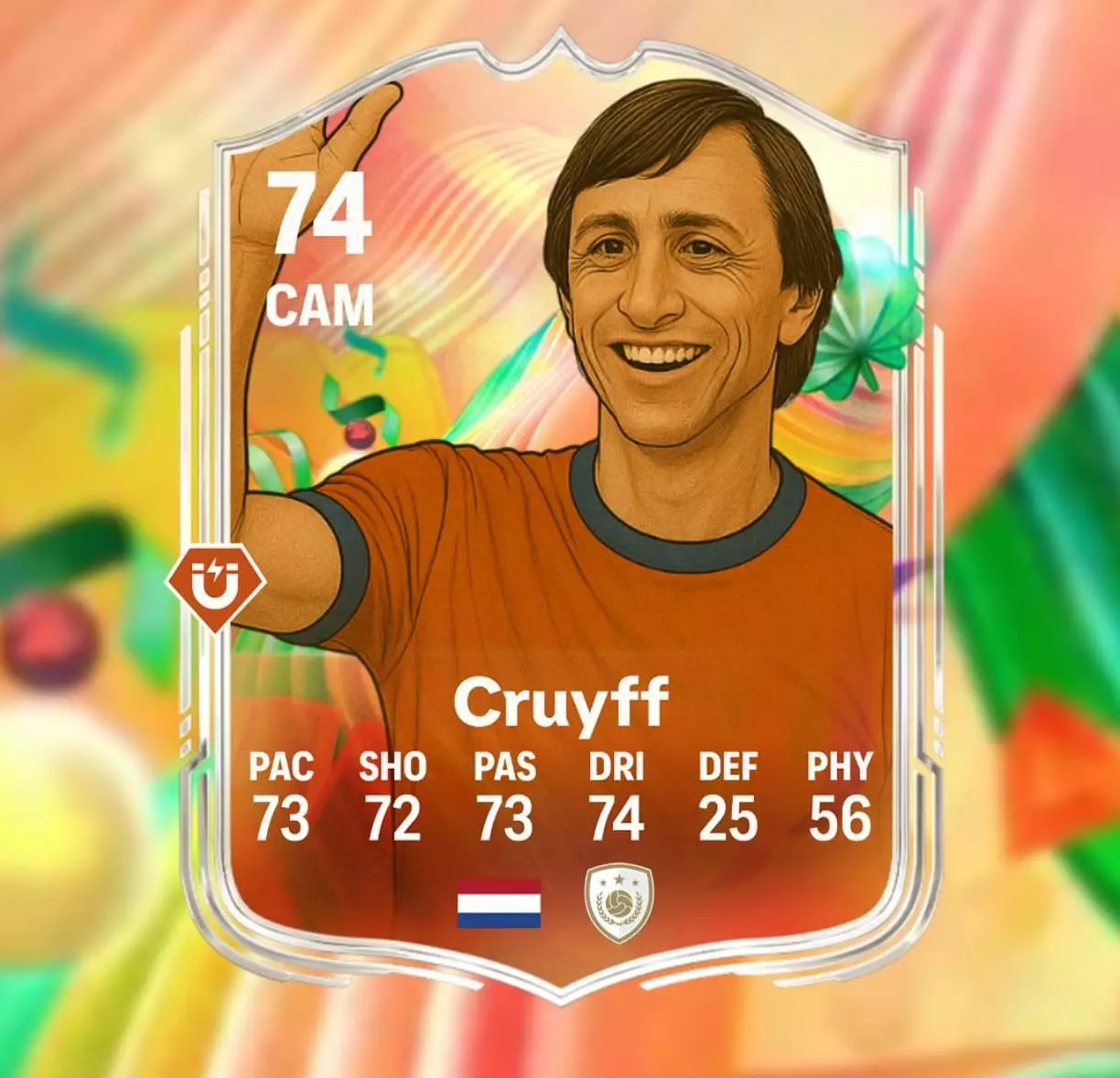The latest iteration of EA FC, formerly known as FIFA, continues to walk the tightrope between innovation and profit maximization. With the introduction of a season pass that is free and a paid premium pass, the developers aim to appeal to both casual players and dedicated fans willing to invest financially. While this dual-model offers increased flexibility, it also raises questions about the value proposition. The fact that premium content—like “Season 1” featuring notable footballers—is locked behind a paywall can be perceived as a tactic to exploit consumer loyalty, especially in a game series with a dedicated global audience. This monetization strategy reveals a fundamental shift from the traditional model, emphasizing ongoing revenue streams over a one-time purchase. It reflects a broader trend in the gaming industry, where continuous engagement and microtransactions often overshadow genuine quality improvements.
Artificial Intelligence: A Tool for Creativity or a Threat to Integrity?
One of the most contentious aspects of EA FC 26 revolves around the use of AI-generated artwork, especially for promotional content like the Silver World Tour. Critics argue that reliance on AI diminishes the artistry and craftsmanship historically associated with game visuals. More alarmingly, it fuels fears regarding job security for human artists and developers—an ominous indication of where the industry might be heading. Transparency issues compound this problem; the AI’s role in creating these assets isn’t always clearly communicated, leaving players uncertain about what they’re truly engaging with. When AI-generated images for significant features look subpar or fail to meet expectations, it damages trust and raises questions about quality control. The controversy surrounding the Silver World Tour illustrates a broader anxiety: as AI tools become more integrated into creative workflows, the line between technological aid and replacement becomes dangerously blurred.
Player Engagement and the Challenge of Objectives
EA’s strategy to prolong player engagement through challenging objectives in game modes like Squad Battles appears both ambitious and polarizing. Setting high hurdles—such as winning a significant number of matches or achieving multiple clean sheets—can serve to sustain long-term interest. However, these goals risk alienating less dedicated or newer players who may find such requirements overly daunting or time-consuming. The immersion is further hindered by the perception that grinding through repetitive tasks is a necessary evil for unlocking desired rewards. Game designers are faced with a dilemma: how to design compelling challenges that motivate without causing frustration. In an era where player experience is paramount, overly punitive objectives threaten to undermine the enjoyment that should be at the core of gaming.
The Broader Reflection: What Does EA FC 26 Say About Gaming’s Future?
EA FC 26 symbolizes an industry at a crossroads. On one hand, innovation—whether through AI or new monetization schemes—can drive revenue and offer fresh experiences. On the other hand, customer trust and quality may suffer if innovations seem more like expedients for profit than genuine enhancements. The ongoing debate about AI’s role in art and the relentless push for monetization reveal a game industry increasingly focused on bottom lines at the expense of player satisfaction. While some fans cling to their excitement, others remain skeptical, questioning whether these developments will ultimately diminish the essence of what made sports games beloved in the first place. As EA continues to evolve, it’s imperative to balance technological innovation with respect for gamers’ loyalty and creativity. Only then can the industry genuinely progress towards a future where excitement, fairness, and trust coexist harmoniously.


Leave a Reply